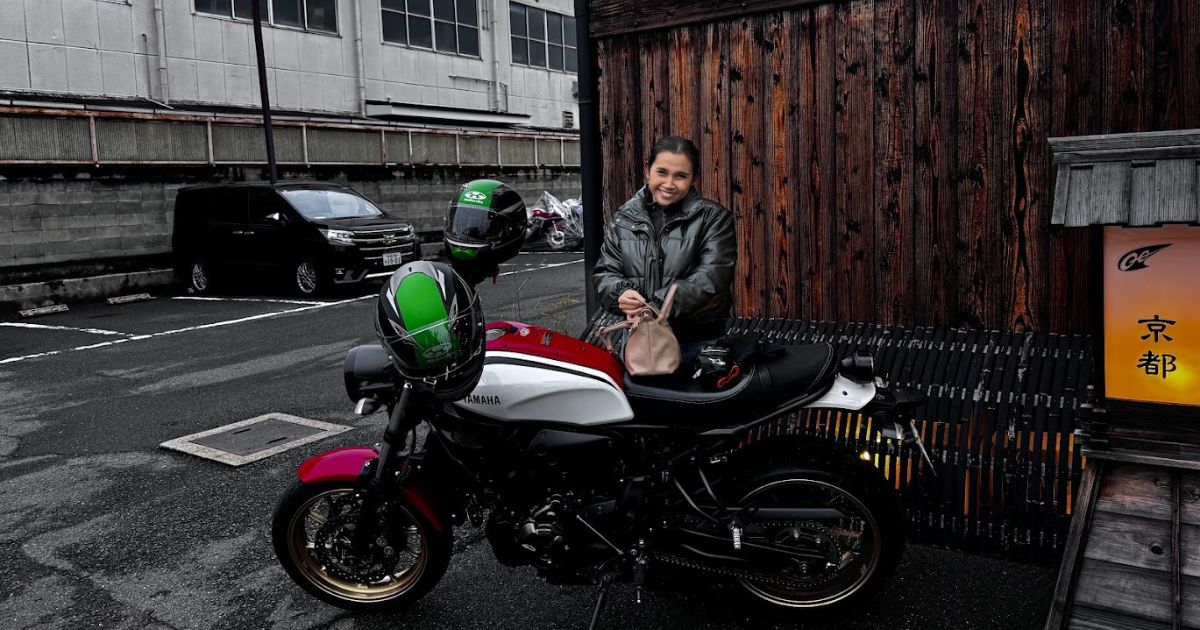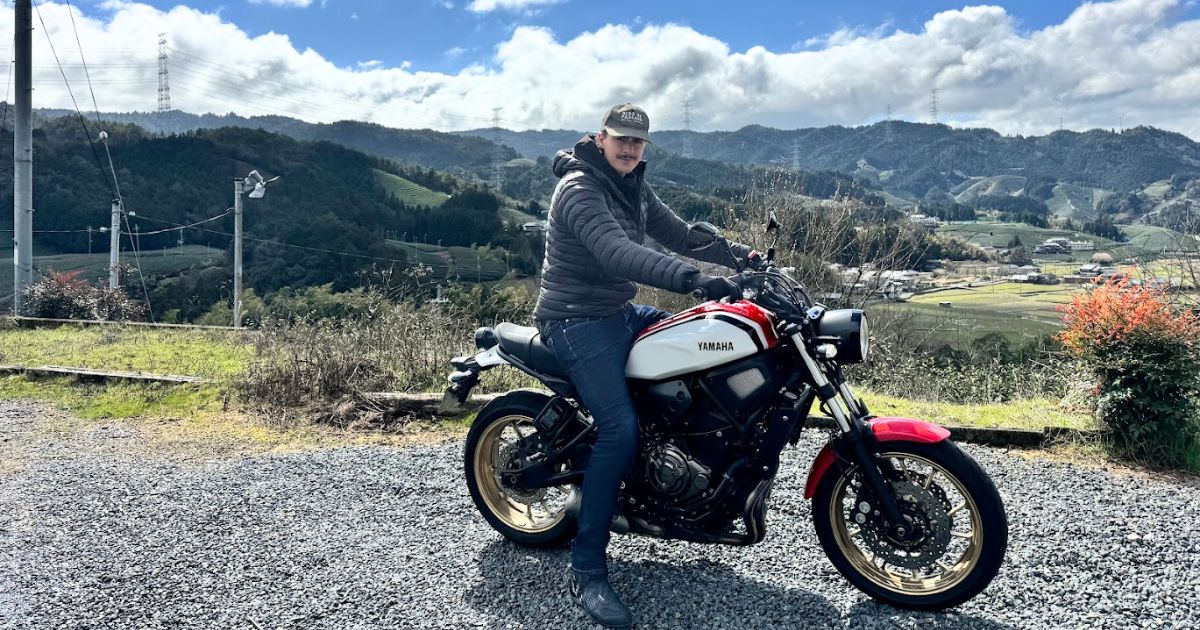
Motorcycle Insurance Policies Demystified for U.S. Riders
left for contents
Motorcycle insurance can feel like alphabet soup. Terms like liability, comprehensive and PIP get thrown around and the only thing most riders know for sure is that they have to buy something to register their bike.
As someone who spends a lot of time reviewing gear and riding across America, I’ve had long conversations with fellow riders who signed up for the cheapest policy and hoped for the best. The truth is that so‑called full coverage doesn’t actually mean everything is covered, comprehensive coverage won’t protect you in a crash, and you can legally ride with just liability—but that’s risky if you ever hit a deer or get hit by a driver with no insurance.
This guide breaks down each type of motorcycle insurance policy in plain English so you can make smarter choices and avoid paying for what you don’t need.
Motorcycle Insurance Policies at a Glance
| Coverage Type | What It Covers | Required or Optional | Who It’s Best For |
|---|---|---|---|
| Liability | Injuries and property damage you cause to others | Required in most states | Every rider — increase limits if you can |
| Collision | Repairs to your bike after a crash with another vehicle or object | Optional (often required by lenders) | Owners of new, financed or high‑value bikes |
| Comprehensive | Theft, vandalism, fire, hail, floods, animal strikes | Optional (often required by lenders) | Riders parking outside or in storm‑prone areas; high‑value bikes |
| UM/UIM | Medical bills and bike repairs when other driver lacks adequate insurance | Required in some states, optional in others | Everyone, especially where many drivers are uninsured |
| PIP | Medical expenses, lost wages, household services (no‑fault) | Mandatory in some states; often unavailable for motorcycles | Riders in states where PIP is offered and health insurance is limited |
| MedPay | Immediate medical expenses (ambulance, ER, surgery) | Optional | Riders who want help with out‑of‑pocket costs or lack PIP |
| Roadside Assistance | Towing, jump‑starts, fuel delivery, flat tire help | Optional add‑on | Touring riders, commuters and anyone who rides far from home |
| Accessory Coverage | Custom paint, saddlebags, electronics, aftermarket parts | Optional, usually included up to ~$3K | Riders who invest in customizing their motorcycles |
Liability Insurance — The Legal Minimum
Liability insurance is the backbone of every motorcycle insurance policy. It pays for bodily injury and property damage you cause to other people when an accident is your fault. Every state except Florida, Montana, New Hampshire and Washington requires proof of liability insurance before you can register a bike.
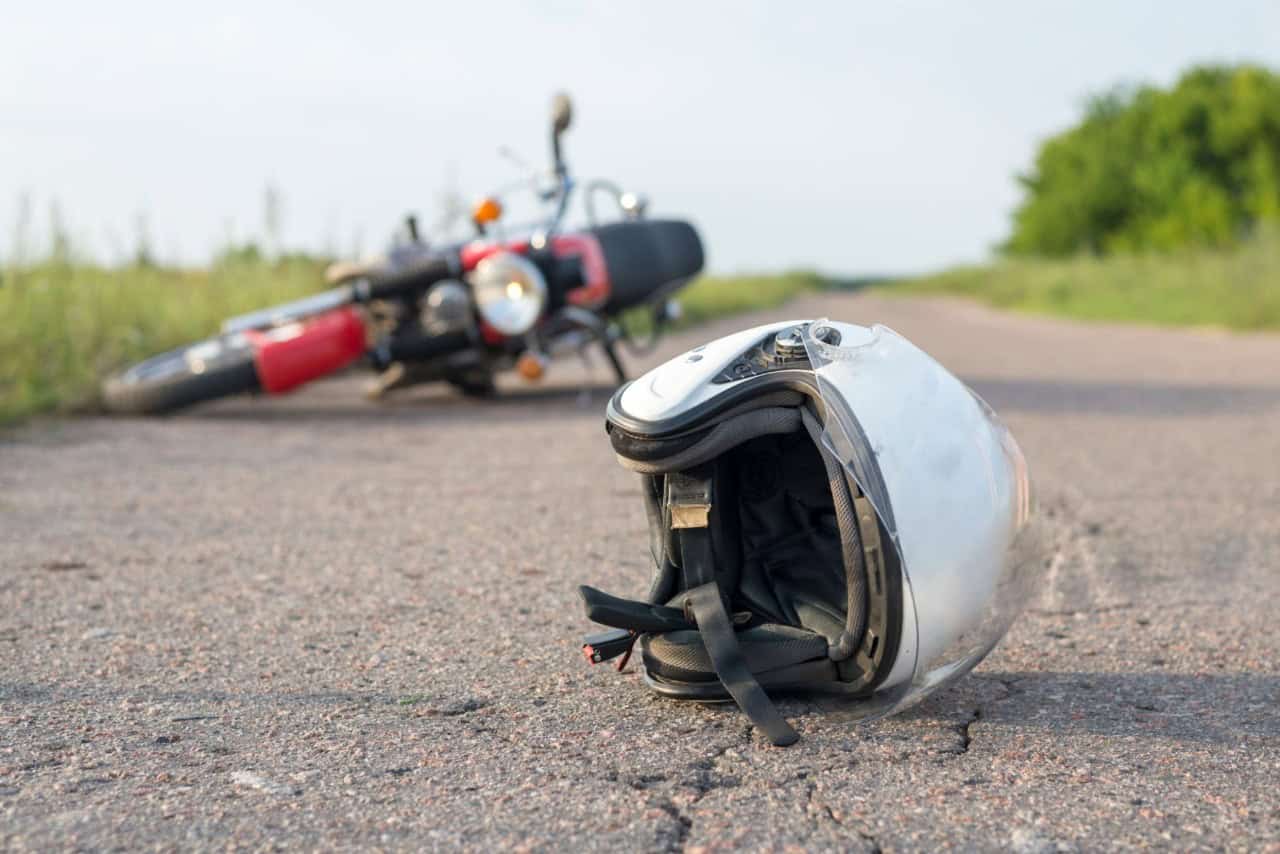
Each state sets minimum limits expressed as three numbers—for example 25/50/25 means $25,000 of bodily injury coverage per person, $50,000 per accident and $25,000 for property damage. The ranges vary widely: some states require as little as 10/20/10, while others mandate 50/100/25 or higher. Florida technically doesn’t require insurance to register, but a financial‑responsibility law kicks in after an accident and you could be on the hook for thousands without any coverage.
Why carry more than the minimum?
- Medical costs add up fast. Average hospital stays can easily exceed state minimums, especially if multiple riders are involved. If damages exceed your liability limits, the injured party can sue you personally for the difference.
- Property damage isn’t just cars. You could also be responsible for guardrails, signs, buildings or landscaping. Upgrading to 100/300/50 or higher costs a few dollars more per month but significantly increases your protection.
- Lenders often require higher limits. If you finance your motorcycle, the bank will typically require liability coverage of 100/300/100 plus collision and comprehensive before releasing the title.
Collision Coverage — Protection From Accidents
Collision coverage pays to repair or replace your motorcycle after a crash with another vehicle, a stationary object, or even if you tip over. It kicks in regardless of who caused the accident. Without collision coverage you’d be responsible for paying to fix your bike after a fall, sideswipe or rear‑end collision. Collision does not cover theft, vandalism, weather, or damage caused by animals—those are handled by comprehensive insurance.
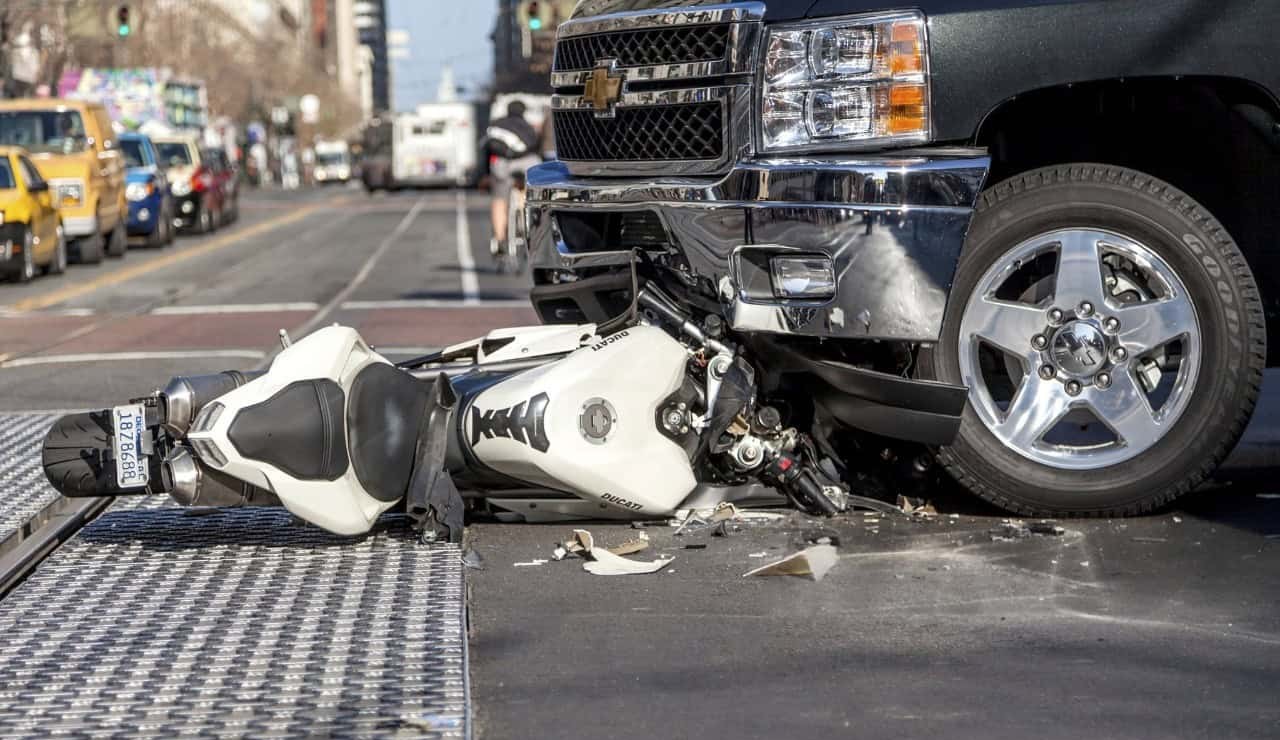
When does collision coverage make sense?
- New or high‑value bikes. If you ride a brand‑new sportbike or an adventure bike with a loan, collision coverage protects your investment. A totaled bike could cost tens of thousands; collision coverage pays for repairs or a replacement up to the bike’s actual cash value.
- Financed or leased motorcycles. Your lender will require collision because it protects their collateral. You usually can’t register a financed bike without showing proof of both collision and comprehensive coverage.
- Tip‑overs and single‑vehicle accidents. Collision also covers situations where no other vehicle is involved, such as losing traction on gravel or hitting a pothole.
Deductibles and limits
When you buy collision coverage you choose a deductible—commonly $250, $500 or $1,000. A higher deductible lowers your premium but means you’ll pay more out‑of‑pocket after an accident. The insurer pays the actual cash value of your bike minus depreciation, not the original purchase price. If your bike is older and worth only a few thousand dollars, collision might not be worth the cost. For newer bikes, the peace of mind is often worth it.
Comprehensive Coverage — Theft, Fire, and Vandalism
While collision covers crashes, comprehensive coverage protects your motorcycle from non‑collision incidents: theft, vandalism, fire, floods, hail, glass breakage, falling objects and even collisions with animals. Many riders mistakenly think “comprehensive” means everything is covered; it doesn’t pay for crash damage or normal wear and tear. Think of it as protection against all the bad things that can happen when you’re not riding.
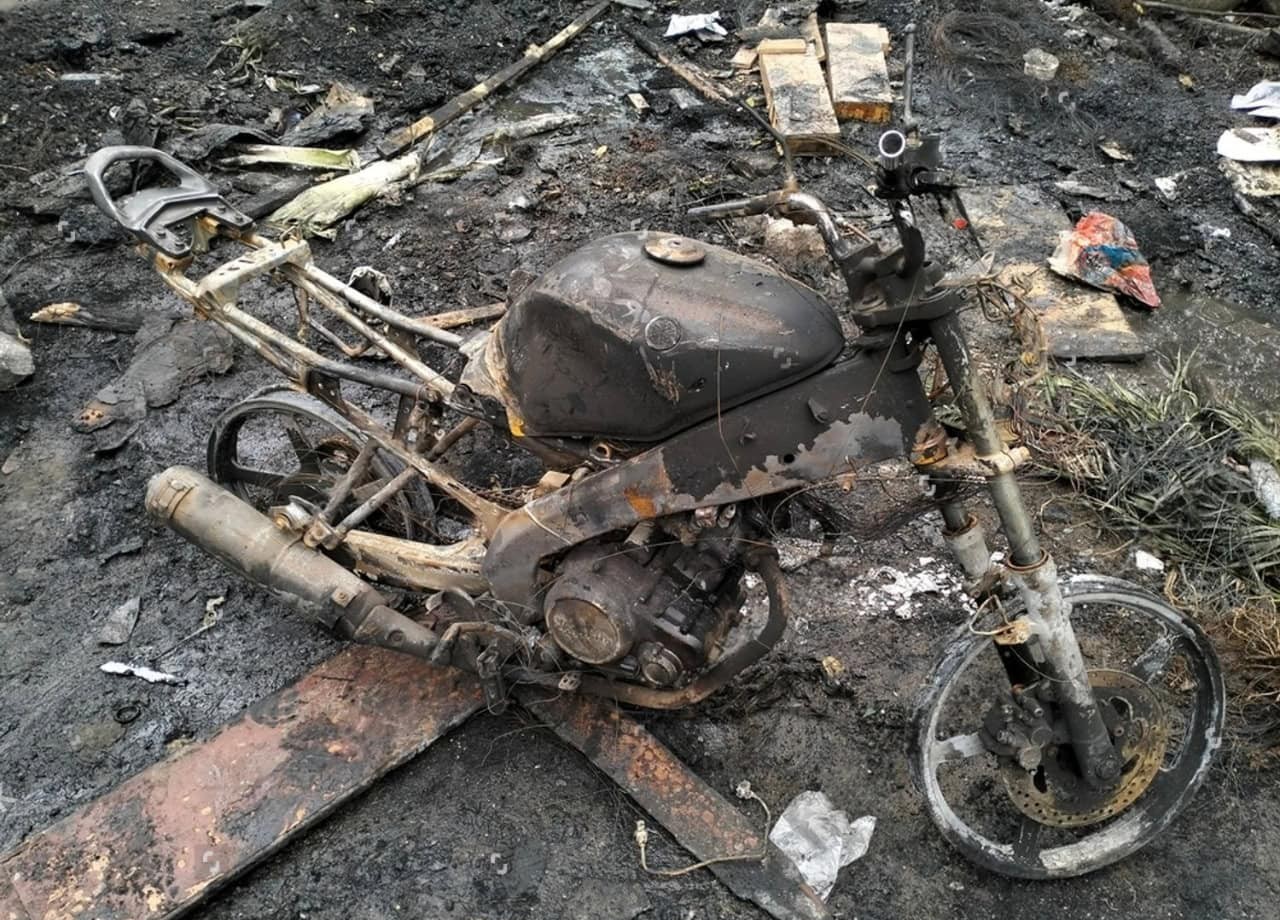
Why carry comprehensive coverage?
- Theft is a real threat. Motorcycles are easy to steal and recovery rates are low. Comprehensive pays out the bike’s cash value if it’s stolen.
- Severe weather and fire. Hurricanes, hailstorms, tornadoes and wildfires can destroy a bike parked outside. Comprehensive covers these events and is particularly important if you live in a storm‑prone region or park your bike outdoors.
- Animal collisions. Hitting a deer or other animal is considered a comprehensive claim. Unlike collision coverage, which has a deductible, comprehensive claims sometimes have lower deductibles and won’t raise your collision rates.
Just like collision, comprehensive coverage is optional but required by lenders on financed bikes. Deductibles typically range from $100 to $2,000. Riders of high‑value bikes, adventure machines and touring rigs often opt for comprehensive because the potential loss is substantial.
Uninsured and Underinsured Motorist Coverage (UM/UIM)
Despite insurance mandates, roughly one in eight drivers on the road has no insurance. Many more carry the bare minimum that won’t come close to covering serious injuries or bike damage. Uninsured motorist (UM) and underinsured motorist (UIM) coverage protect you when another driver causes a crash but can’t pay.
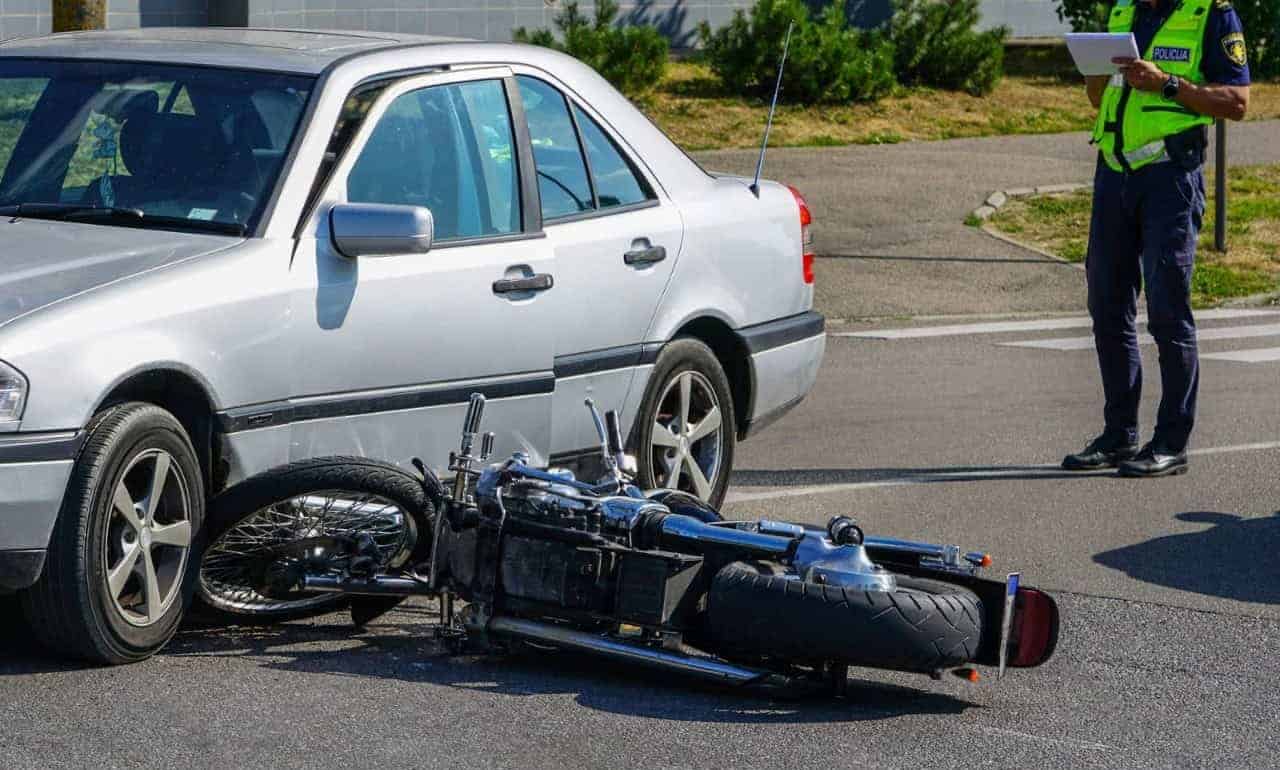
UM/UIM comes in two flavors:
- Uninsured/Underinsured Motorist Bodily Injury (UMBI). Pays your medical bills, lost wages and other damages if you’re hurt by a driver with no coverage or not enough. It can also cover your passenger.
- Uninsured/Underinsured Motorist Property Damage (UMPD). Covers repairs to your motorcycle after a hit‑and‑run or when the at‑fault driver has no property‑damage coverage. UMPD sometimes has no deductible or a lower deductible than collision.
Some states require UM/UIM coverage; others make it optional. Given how vulnerable riders are and the high percentage of uninsured drivers, it’s arguably one of the most important add‑ons. The cost is modest compared to the potential benefit. If your state doesn’t automatically include UM/UIM, adding it to your policy is strongly recommended.
Personal Injury Protection (PIP)
Personal injury protection is often called no‑fault insurance because it pays medical expenses and lost wages regardless of who caused the crash. PIP benefits can include hospital bills, rehabilitation costs, replacement services (such as child care or housekeeping), and even funeral expenses. It is mandatory in some states, optional in others and not offered in many states for motorcycles at all.
For cars, PIP is common in “no‑fault” states like Florida, Michigan and New York. Motorcycles, however, are often excluded. In states such as New Jersey, insurers don’t offer PIP for motorcycles; riders must rely on their health insurance or add Medical Payments coverage instead. Where available, motorcycle PIP can be expensive because injuries tend to be severe. It may still be worth purchasing if you lack comprehensive health insurance or frequently carry passengers.
Medical Payments (MedPay)
When PIP isn’t available or affordable, Medical Payments coverage—often shortened to MedPay—fills the gap. MedPay is optional in most states and pays for immediate medical expenses for you and your passenger after a crash, regardless of fault. It typically covers ambulance transport, emergency room visits, X‑rays, surgeries and sometimes funeral costs. Limits usually range from $1,000 to $10,000.
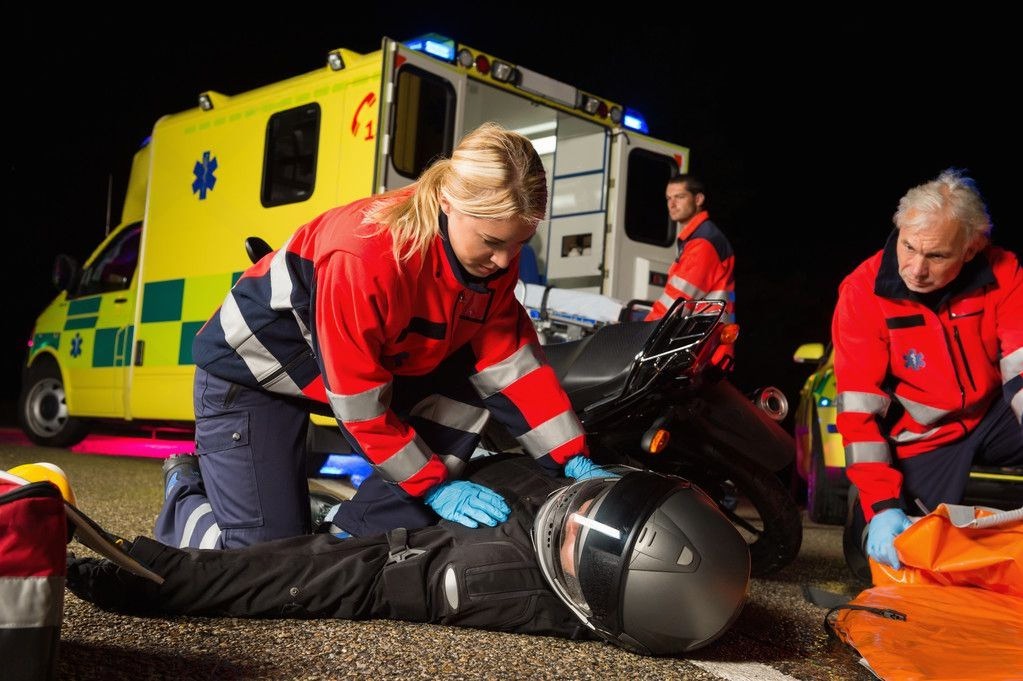
How MedPay complements health insurance
Health insurance may cover much of your treatment, but there are deductibles, co‑pays and out‑of‑network charges. MedPay can pay those out‑of‑pocket costs so you don’t face large bills after an accident. It also pays quickly and without regard to fault, which can be critical when you’re waiting for liability claims to settle. Riders who have robust health insurance may opt for lower MedPay limits or skip it entirely; those with high deductibles often choose higher MedPay coverage.
Roadside Assistance or Breakdown Coverage
No rider wants to be stranded on the shoulder with a dead battery, flat tire or empty tank. Roadside assistance, also called breakdown coverage, is an inexpensive add‑on that provides 24/7 help when your motorcycle breaks down.
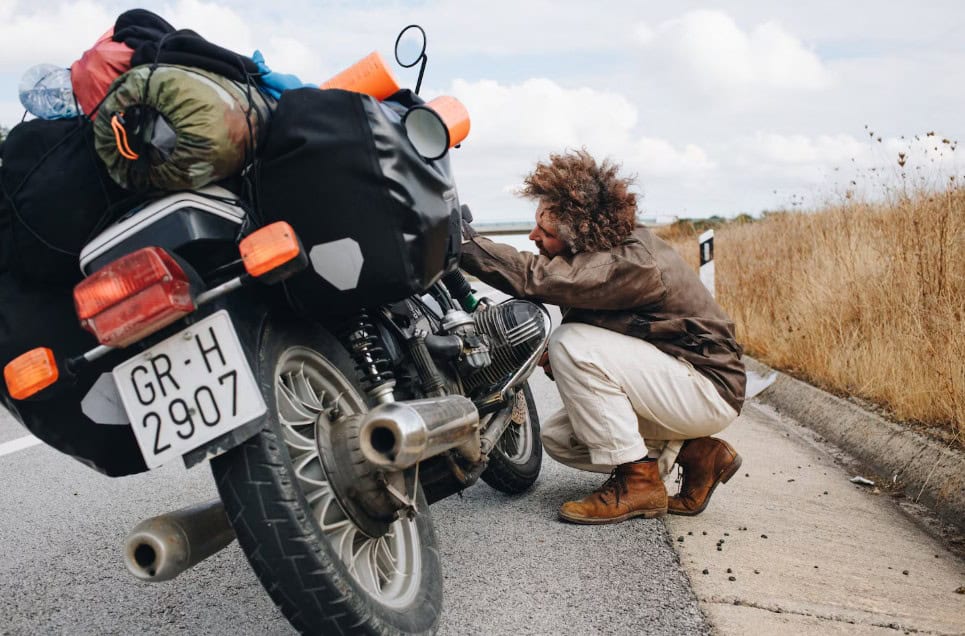
Typical benefits include:
- Towing to the nearest repair shop if your bike can’t be repaired on site.
- Battery service to jump‑start a dead battery.
- Flat tire assistance including inflating or replacing a tube.
- Fuel or fluid delivery to get you back on the road.
- Lock‑out assistance if you lose your keys.
Roadside assistance is especially valuable for touring riders who travel far from home or ride at odd hours. Some insurers include it automatically with comprehensive coverage; others offer it for a nominal fee (often less than $20 per year). Membership programs through the American Motorcyclist Association (AMA) or AAA also provide roadside coverage and may include perks like trip planning and hotel discounts.
🛠️ See how it compares to full breakdown plans in Motorcycle Breakdown Insurance: Keep Your Ride Moving On.
Accessory and Custom Parts Coverage
Many riders personalize their machines with aftermarket exhausts, chrome accessories, custom paint, saddlebags, windscreens, GPS units or upgraded seats. Standard comprehensive and collision policies typically include a small amount of accessory coverage—often $3,000 by default—but that might not cover all your upgrades. Accessory coverage (also called custom parts and equipment) allows you to insure your modifications and gear up to higher limits.
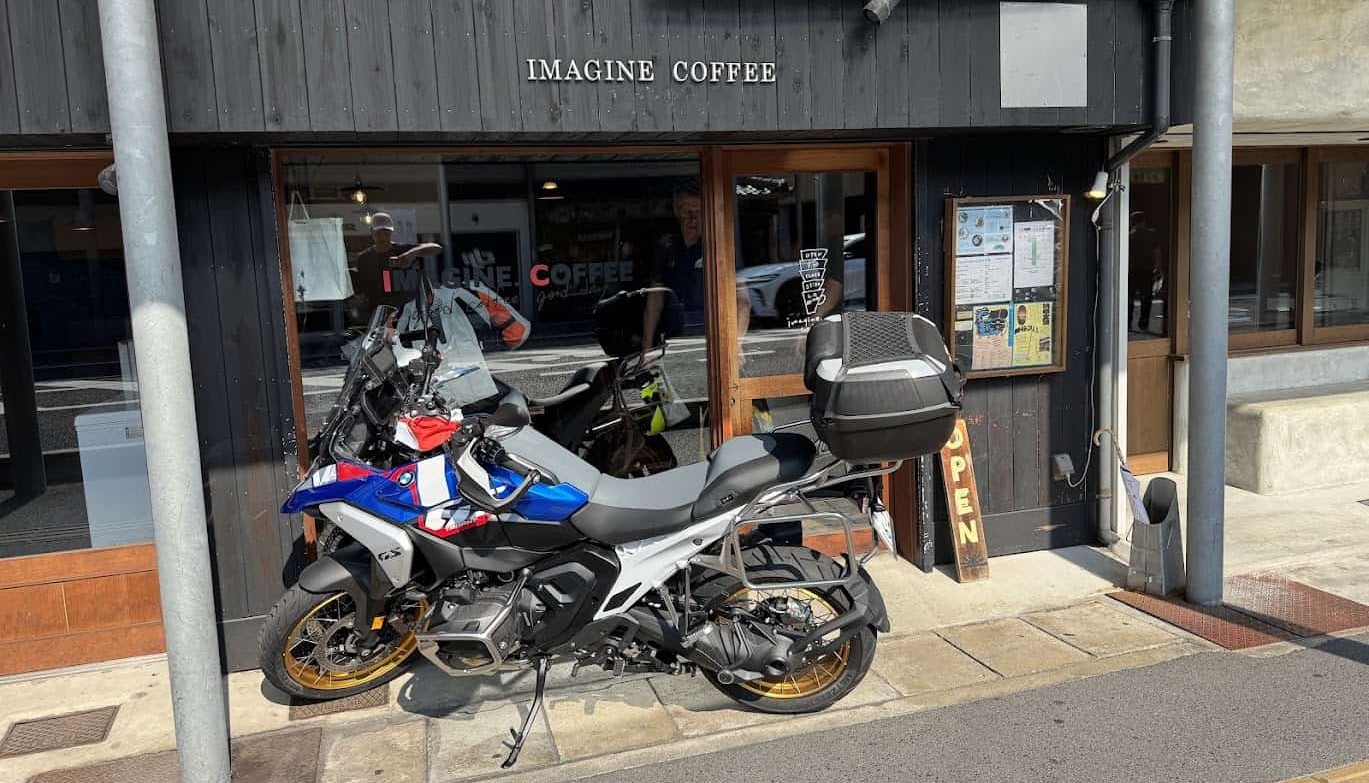
What counts as an accessory?
Accessories generally include:
- Cosmetic upgrades such as custom paint, chrome wheels or billet levers.
- Functional add‑ons like saddlebags, luggage racks, crash bars and windscreens.
- Electronic equipment including GPS systems, heated grips and communication systems.
- Riding gear—some insurers allow you to insure helmets, jackets and gloves under accessory coverage.
If you’ve invested heavily in customization, call your insurer to document each upgrade and increase your accessory limit accordingly (some carriers allow up to $30,000 of accessory coverage). Keep receipts and photographs to streamline future claims.
Combining Coverages — What “Full Coverage” Really Means
The term full coverage gets thrown around by dealers and agents, but it doesn’t mean every possible risk is covered. In most cases “full coverage” refers to combining liability, collision and comprehensive coverage. You can then layer on UM/UIM, MedPay or PIP, roadside assistance and accessory coverage to build a package that fits your needs. The more coverage you add, the higher your premium, so the key is balancing protection with budget.
🧩 Want the most protection for less? See our guide to Cheapest Full Coverage Motorcycle Insurance for Riders.
Average costs and typical premiums
Insurance costs vary by state, bike type, age, riding history and credit score. According to national surveys of insurers in 2025, the average cost of motorcycle insurance in the U.S. is around $399 per year (about $33 per month) for a standard policy. Liability‑only policies can be as low as $12–$20 per month in low‑cost states and as high as $50–$70 per month in places like Florida and Kentucky. Adding collision and comprehensive coverage typically doubles or triples the premium. Full coverage averages $100–$150 per month for a mid‑range bike, while high‑performance models or riders with tickets can pay much more.
Because rates vary so dramatically, it’s smart to compare quotes from several insurers and adjust your deductible and coverage limits to see how they affect price. Also ask about discounts for bundling your motorcycle insurance with auto or homeowners policies, completing a rider safety course, or storing your bike in a locked garage.
Buying Guide — Choosing the Right Mix for Your Ride
Selecting motorcycle insurance isn’t a one‑size‑fits‑all decision. Your ideal policy depends on your bike, budget and how you ride. Here’s a simple framework to help you choose the right combination:
Commuter or budget bike
If you ride an older commuter bike or a small displacement machine to work and back, start with liability insurance and consider adding MedPay. Skip collision and comprehensive if your bike’s value is low and you can afford to replace it out‑of‑pocket. Roadside assistance is a smart, low‑cost extra if you rely on your bike for daily transport.

New sportbike or financed motorcycle
For a brand‑new sportbike or any financed bike, go beyond the minimum. Combine liability, collision and comprehensive to protect your investment. Increase your liability limits to 100/300/100 or higher and add UM/UIM because high‑performance bikes often share roads with uninsured drivers. Consider accessory coverage if you add exhausts, fairings or electronics.
Cruiser or classic bike
Cruisers and vintage bikes often accumulate upgrades such as custom paint, chrome and saddlebags. You’ll want at least liability and comprehensive to guard against theft and vandalism. Accessory coverage is essential if the bike’s value includes aftermarket parts. Because cruisers are heavy and repair costs are high, collision coverage is also wise if the bike is worth more than a few thousand dollars.
Adventure and touring bikes
Adventure bikes are designed for long‑distance travel and off‑road exploration. Combine full coverage (liability, collision, comprehensive) with UM/UIM and roadside assistance to handle remote breakdowns and uninsured drivers. Add MedPay or PIP to cover medical costs when riding in rural areas far from hospitals. If you outfit your bike with luggage systems, crash bars, high‑end GPS and communications gear, be sure your accessory coverage limit matches the value of those extras.
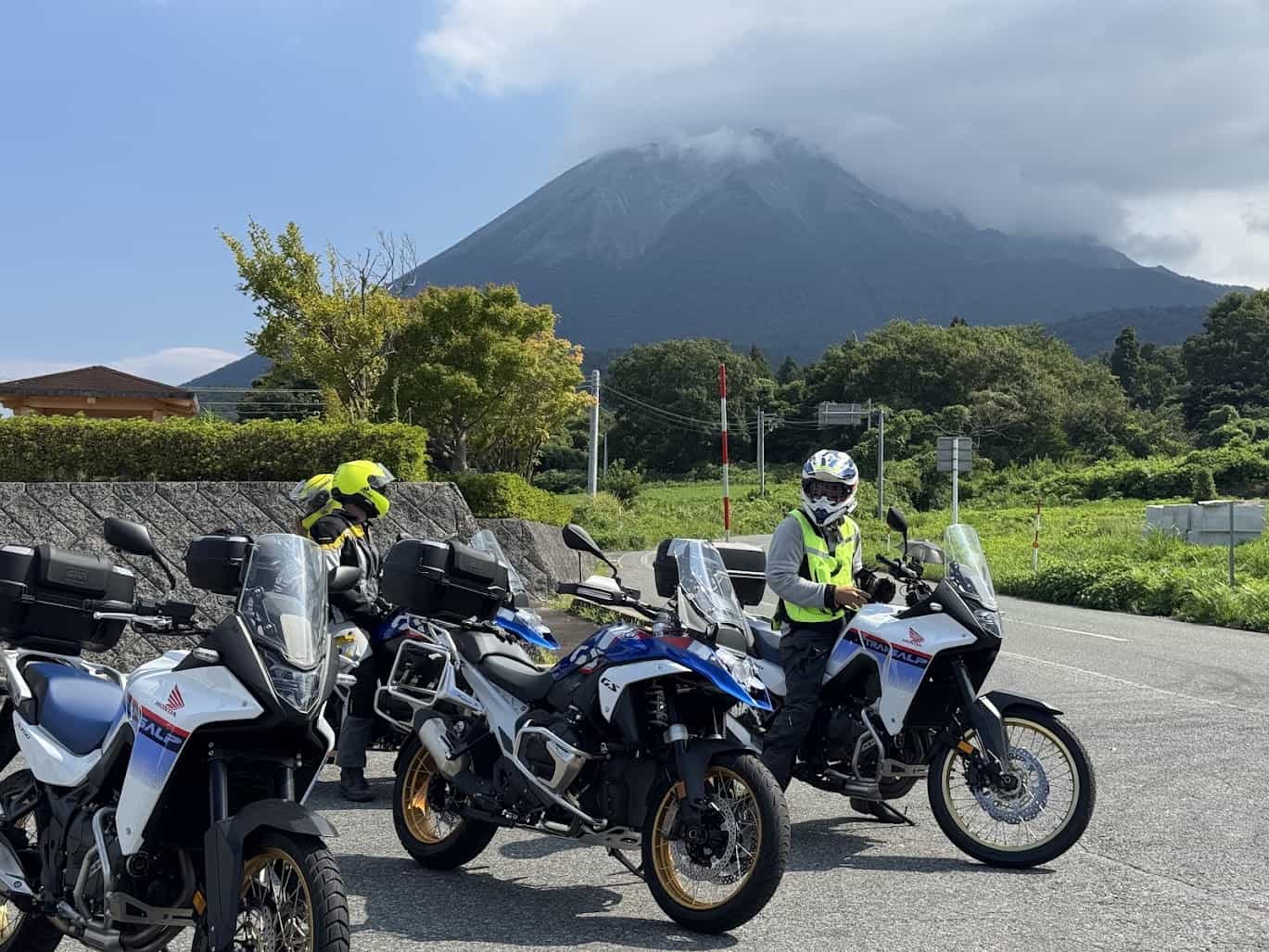
Track day riders and canyon carvers
If you occasionally take your bike to track days or ride aggressively on twisty roads, verify whether your policy covers accidents on a closed course—many do not. You may need a separate track‑day policy to cover injuries and bike damage. Higher liability limits and UM/UIM coverage are smart because crashes at higher speeds tend to cause more damage.
Multi‑bike households
When you own multiple motorcycles, ask about multi‑bike discounts and how accessory coverage is applied across bikes. You may be able to save by bundling them on one policy and choosing coverage levels individually for each machine.
🚦Got more than one bike in the garage? Learn how Motorbike Multi Bike Insurance: Why Pay-Per-Mile Wins can save you money.
Don’t forget about helmets and gear
Some insurers allow you to add your helmet, jacket, gloves and boots under accessory coverage. If you ride with premium protective gear, make sure it’s insured. A good helmet can cost as much as a month of insurance, and replacing it after a crash is essential.
Final Thoughts
Choosing the right mix of motorcycle insurance policies is a lot like choosing your riding gear—it should fit your needs better than it fits someone else’s brochure.
Liability coverage is mandatory in most states, but that’s just the starting point. Collision and comprehensive coverage protect your bike, while UM/UIM ensures you’re not financially devastated by an uninsured driver. PIP and MedPay handle medical bills, roadside assistance gets you home when things go wrong, and accessory coverage protects the personal touches that make your bike yours.
Insurance doesn’t have to be confusing or intimidating. By understanding the different types of motorcycle insurance coverage explained here and matching them to your riding style, you can build a policy that keeps you protected without paying for features you’ll never use. It’s better on the road when you know you’re covered.
Related
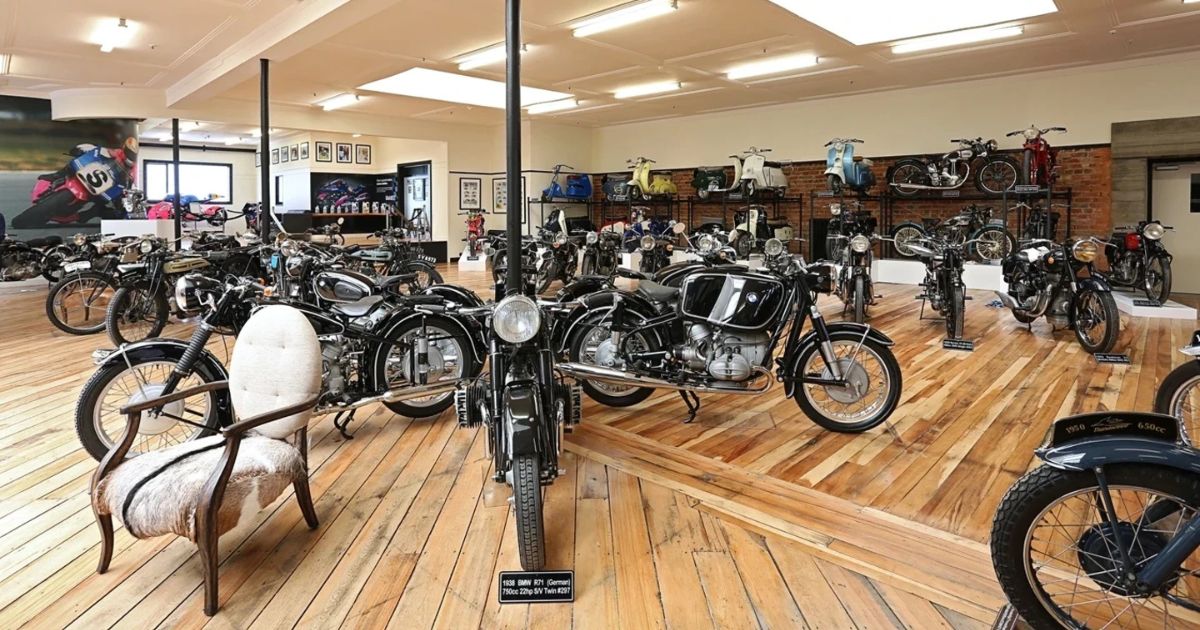
Classic Motorcycle Insurance: Protect Your Ride’s Legacy
If your ride’s got history, it deserves protection to match. Classic motorcycle insurance keeps legends alive and riders worry-free.

